Sparse facial hair or patchy beard growth can be enhanced with a beard transplant, whether due to genetics, age, or injury. At Canadian Hair Transplant, Dr. Sharma prioritizes natural-looking results, combining surgical expertise with a deep understanding of facial anatomy and aesthetics. If you’re wondering how much a beard transplant costs, it varies based on graft count, the treated facial area, and your specific goals, all of which are assessed during your consultation.

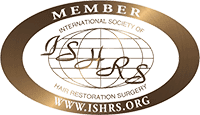

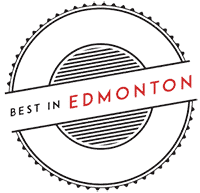

At Canadian Hair Transplant, Dr. Sharma brings extensive clinical experience and specialized training to every hair restoration procedure. His approach combines advanced surgical techniques with a thorough understanding of facial anatomy and growth of hair patterns, ensuring that each patient receives care that meets the highest standards of both medical and aesthetic expertise.
Dr. Sharma’s credentials reflect his commitment to maintaining expertise in the rapidly evolving field of hair restoration surgery. His practice adheres to the strict guidelines established by the International Society of Hair Restoration Surgery, which mandates that all surgical procedures be performed exclusively by licensed physicians. This physician-only approach ensures that every aspect of your treatment receives the specialized attention that only medical training can provide.
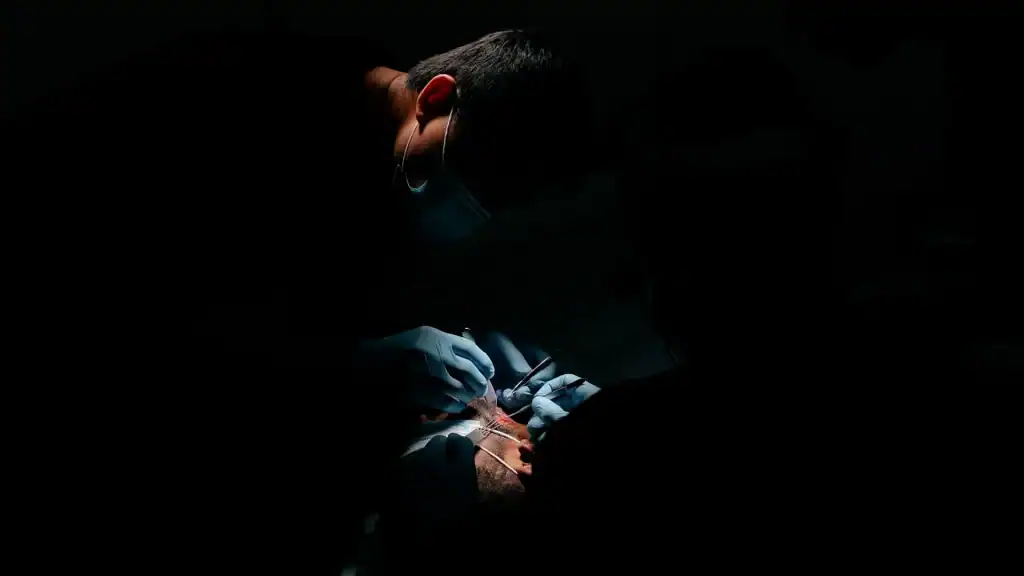


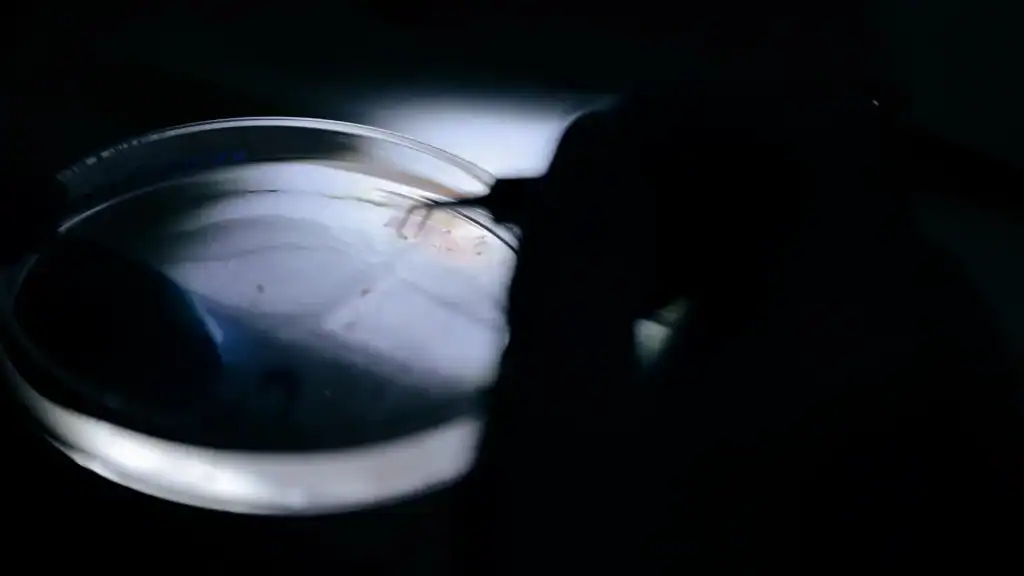
Beard and moustache hair restoration procedures involve the careful transfer of follicular units from the scalp to areas of sparse or absent facial hair. Using magnification and micro-surgical tools to ensure optimal outcomes, the individual grafts from the donor site are carefully harvested, ensuring the bulb and shaft are not damaged. They are then individually hand-placed through custom slits into the desired area. This physician-only approach ensures that every aspect of your procedure receives the attention and expertise that only years of specialized training can provide.
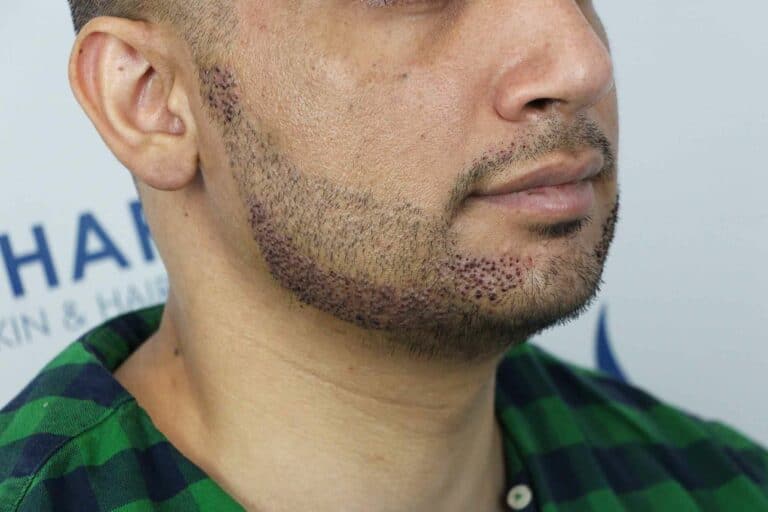

The Natural Evolution of Your New Facial Hair
| Dr. Sharma's Specialized Approach | Non-Specific Facial Hair Procedures |
|---|---|
| Specifically targets beard, jawline, sideburns, and moustache zones using anatomical landmarks. | May include various facial areas without strict anatomical zone planning or consideration of natural growth patterns. |
| Planned using anatomical landmarks, including mandibular line, chin-lip ratio, and ramus angle for symmetry. | Often guided by stylistic preference without considering facial nerve pathways or natural hair flow patterns. |
| Grafts selected and placed based on natural beard growth angles, typically 10-20° emergence from skin. | Grafts may be placed at higher or inconsistent angles, risking unnatural appearance or deviation from natural growth. |
| Follicular units are carefully sized and dissected to avoid a pluggy appearance, with larger units divided into components. | May use inappropriately sized follicular units without proper dissection, leading to unnatural pluggy appearance. |
| Test sites were performed to ensure proper graft-to-site matching, avoiding a cobblestone appearance. | May force grafts into improperly sized sites, creating a cobblestone texture or unnatural hair emergence patterns. |
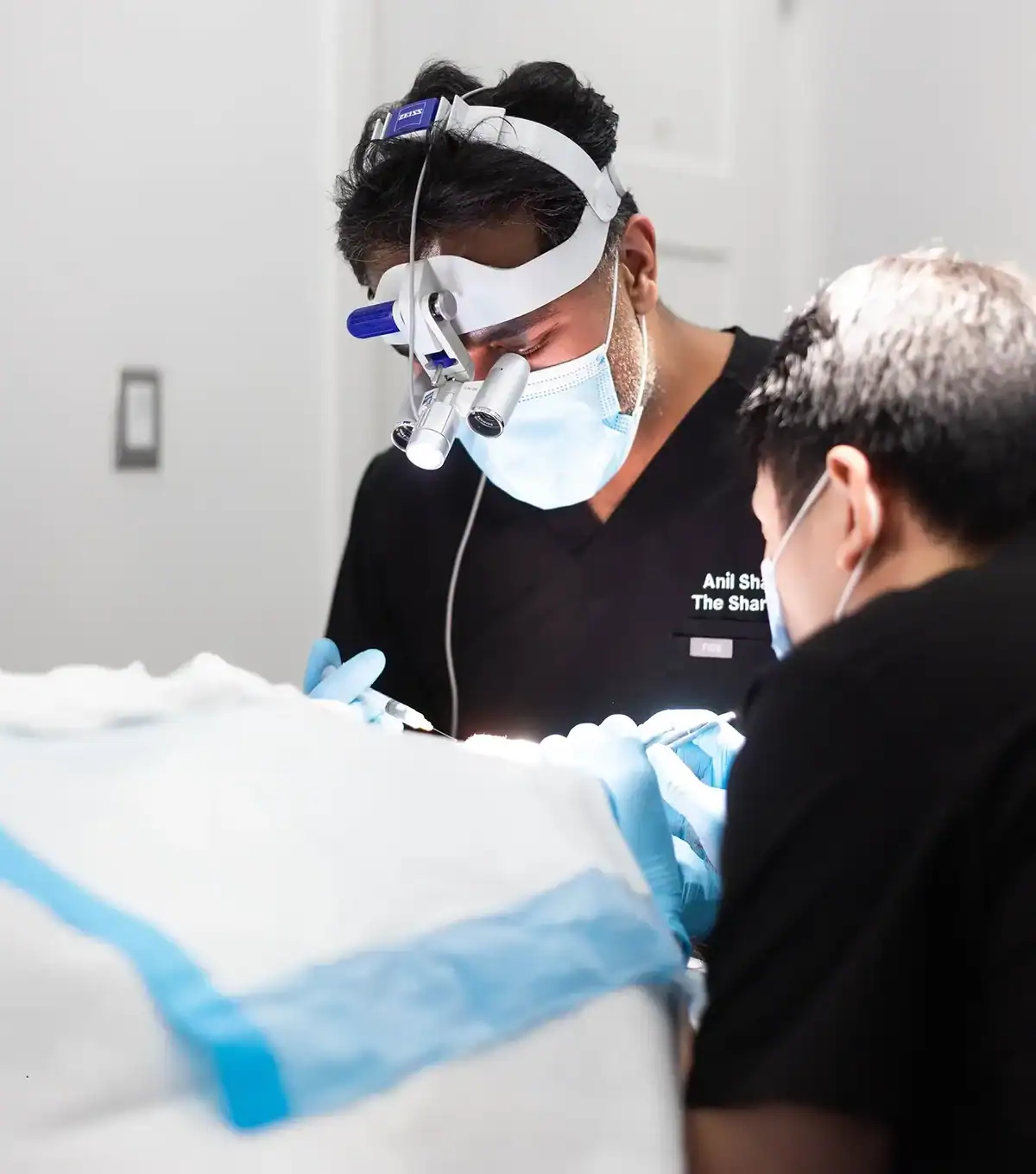
Determining Your Suitability for Dr. Sharma's Specialized Approach
The decision to proceed with facial hair transplantation requires careful evaluation of multiple factors that influence both the feasibility of the procedure and the likelihood of achieving optimal results. Dr. Sharma’s comprehensive assessment process ensures that each patient is well-suited for the procedure and has realistic expectations about the outcomes.
Dr. Sharma’s evaluation process involves a thorough assessment of facial anatomy, including the structure of the jaw and the angle of the ramus. This assessment is crucial for determining the most suitable approach for each patient. The findings from this anatomical evaluation directly impact decisions regarding the selection of follicular units, the angles at which they are placed, and the density patterns that will result in the most natural-looking outcomes.
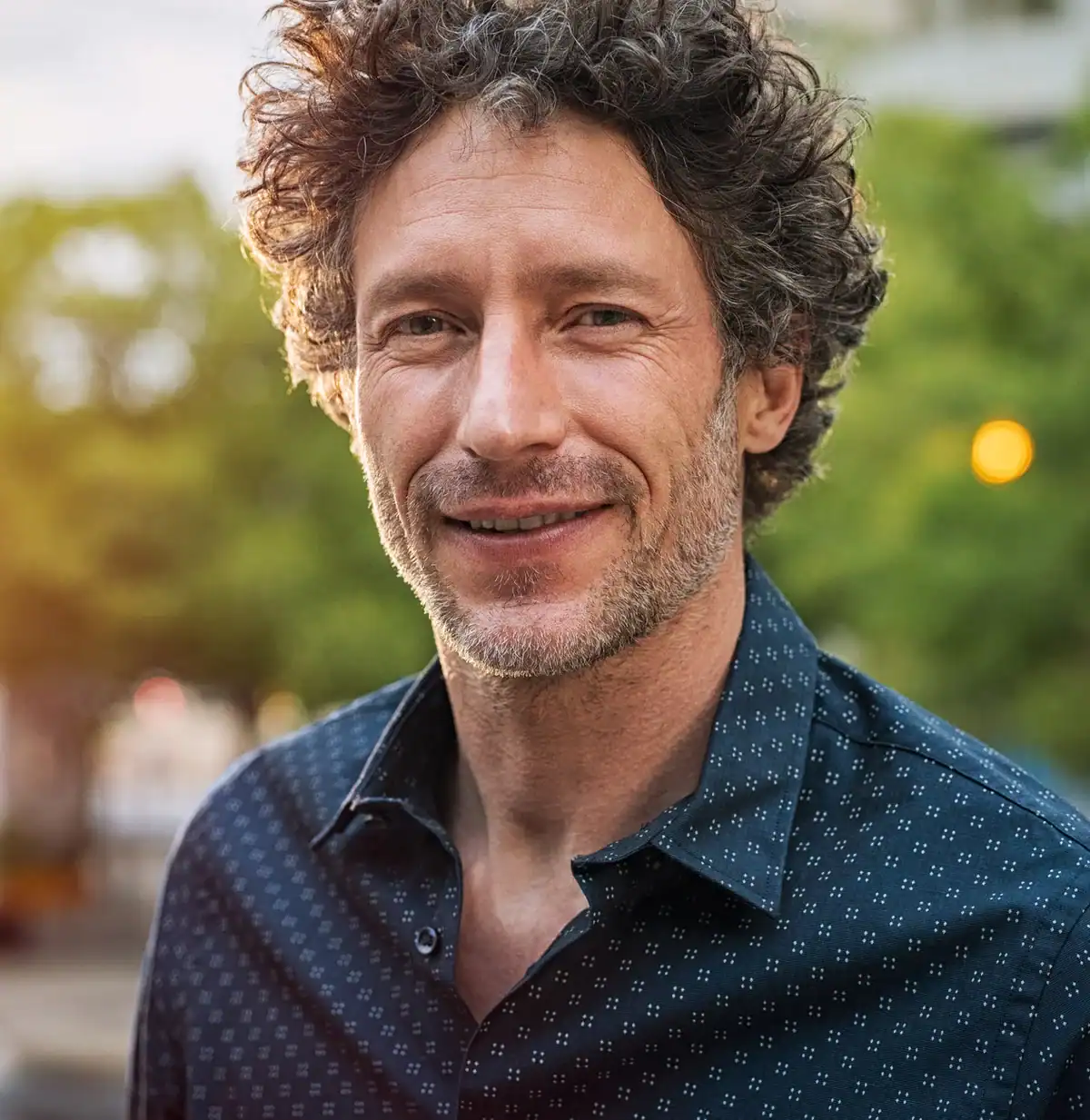

Sideburn restoration requires careful attention to the natural tapering pattern that occurs as hair transitions from the temporal region toward the jaw line. Dr. Sharma uses narrow, angled follicular units that create natural framing effects while maintaining appropriate density gradients. The angulation of sideburn hair typically follows the contour of the face, requiring precise placement to avoid unnatural growth patterns.
What Sets Our Technique Apart from Standard Procedures
Dr. Sharma carefully conducts all extractions personally using forceps and fine punches under high magnification. Robotic tools are not utilized, ensuring the highest level of precision and care in follicular unit harvesting. This hands-on approach enables the real-time assessment of follicular quality, allowing for the selection of optimal grafts for specific facial areas.
Both extraction and placement procedures are conducted using binocular magnification to ensure surgical accuracy and precision. This enhanced visualization enables Dr. Sharma to make precise angulation decisions and avoid the placement errors that can lead to unnatural hair growth patterns or cobblestone appearance.
Every graft undergoes examination under a stereographic microscope to verify structure and stem cell viability before placement. Larger follicular units are carefully dissected into individual components to prevent the pluggy appearance that can result from using oversized grafts. This attention to follicular unit sizing ensures that each graft is optimally matched to its intended recipient site.
Grafts are preserved in chilled HypoThermosol plus ATP solution at temperatures between 2 and 4°C to maintain viability during out-of-body time. This advanced preservation technique helps ensure optimal graft survival and contributes to the natural hair growth patterns that characterize successful facial hair transplantation.
Hairlines and facial hair patterns are designed based on fixed facial landmarks and long-term aesthetic planning, ensuring natural and pleasing results that complement individual facial anatomy. Dr. Sharma ensures the final result complements natural facial proportions by considering jaw width and ramus angulation.
Density is achieved without overharvesting, ensuring the donor area remains intact for any future procedures if necessary. This conservative approach reflects Dr. Sharma's understanding that facial hair transplantation should enhance appearance without compromising future treatment options.
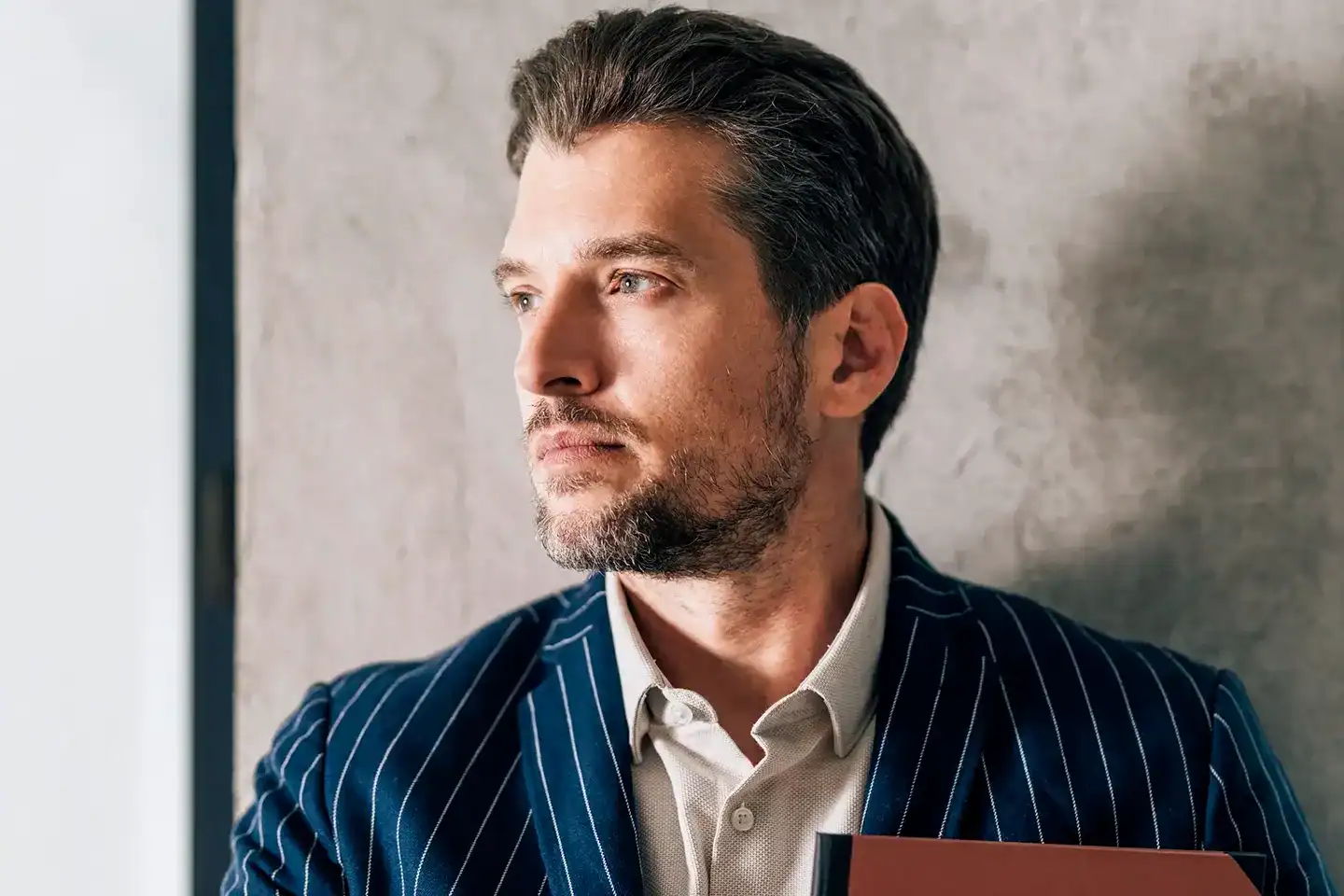
“On the actual day of the surgery, I could not have asked for a better experience. All the staff are so knowledgeable, and work in unison like a well-oiled machine. They truly care about your experience and want to ensure that you are comfortable.”
Patient testimonials reflect individual experiences and are not intended to guarantee specific results. Facial hair transplant outcomes vary based on donor supply, facial anatomy, healing response, and adherence to post-operative care. All procedures are performed by Dr. Anil Sharma, MD, a licensed physician, in compliance with ISHRS surgical standards. These testimonials are provided for informational purposes only and should not be used as a substitute for clinical evaluation.
Schedule a Clinical Consultation with Dr. Sharma
Are you considering a beard transplant in Edmonton? The process begins with a personalized medical consultation. Your journey towards achieving restoring facial hair starts with a thorough clinical evaluation conducted by Dr. Sharma. During this consultation, he will assess your unique anatomy, discuss your goals, and determine if facial hair transplantation is suitable for you. This detailed evaluation ensures you have realistic expectations and a clear understanding of the procedure’s technical aspects.
The consultation also provides an opportunity to:
Dr. Sharma’s commitment to patient education ensures that you have all the information needed to make an informed decision about proceeding with facial hair transplantation.
Contact Canadian Hair Transplant today to schedule your consultation with Dr. Sharma’s team and learn how his specialized approach can help you achieve the natural-looking facial hair you’ve always wanted.
Beard and moustache transplants require smaller, more precisely angled grafts and are performed in visible facial zones. Dr. Sharma uses only single and double follicular units to replicate natural facial hair patterns. Unlike scalp transplantation, facial procedures must account for curvature, growth direction, and framing of facial features.
Candidates typically have patchy growth, scarring, or congenital absence in specific facial regions. Dr. Sharma performs a comprehensive facial anatomy assessment to ensure appropriate graft selection and placement angles. Patients must have realistic expectations and a stable donor supply.
Initial shedding occurs in the first few weeks. Regrowth typically begins at 3 months, with visible density by 6 months. Full results mature between 9 to 12 months, and the transplanted facial hair can be shaved and styled like native hair.
No. Hair transplantation requires the use of your own follicles. Using someone else’s donor hair would result in immune rejection. Only follicles harvested from your own DHT-resistant scalp zones are used.
Beard design is based on facial proportions. Dr. Sharma considers anatomical landmarks like jaw width, ramus angle, and hairline transition to create a natural and personalized outcome.